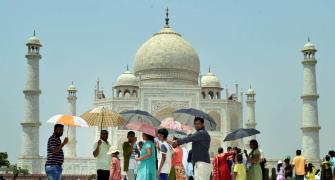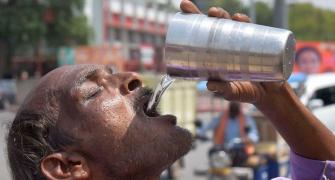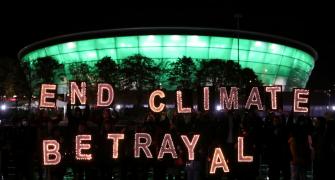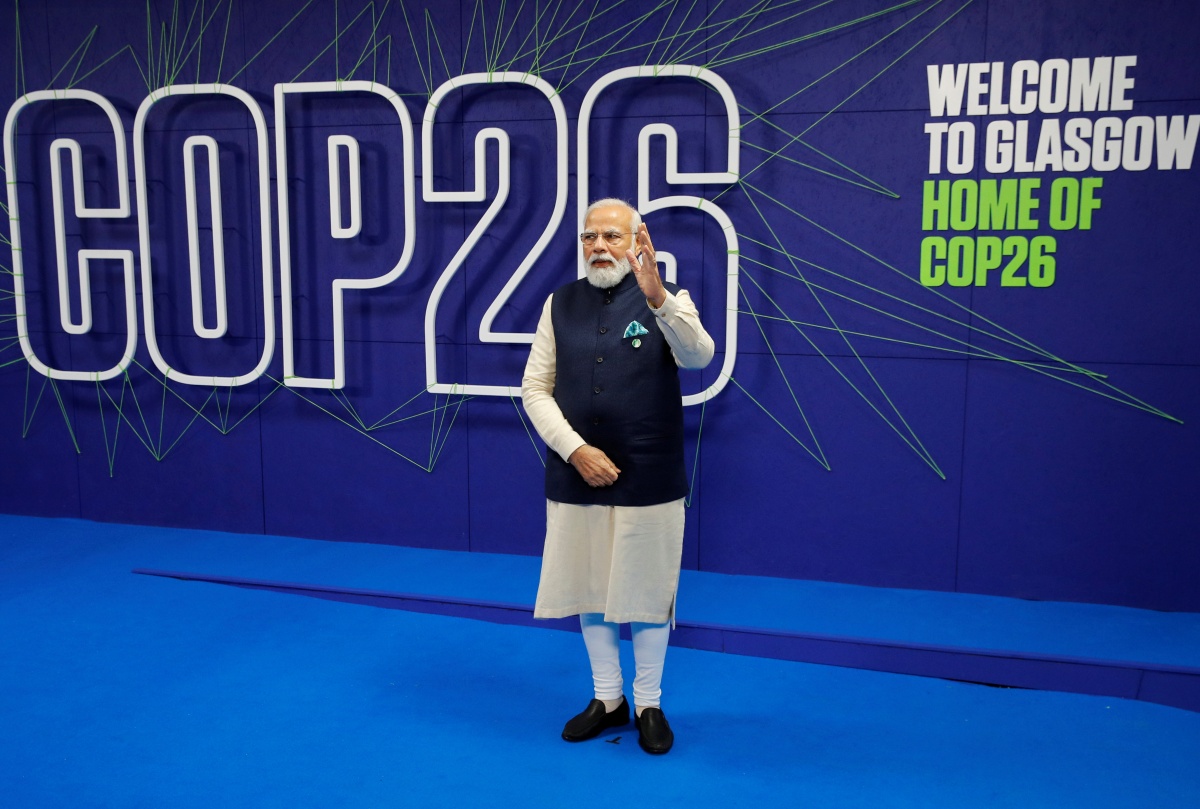While the experience of summers has been uncomfortable, the actual readings on thermometers may cause wonder about the exaggerated discomfort.
This is what meteorologists call ‘real feel temperature’ or ‘real feel heat’.
Sanjeeb Mukherjee explains.

For the last few days, the national capital and its adjoining areas have been muggy due to high humidity caused by the near absence of monsoon rains.
While the experience of summers has been uncomfortable, the actual readings on thermometers may cause wonder about the exaggerated discomfort.
This is what meteorologists call ‘real feel temperature’ or ‘real feel heat’.
What exactly is the ‘real feel heat’?
Weathermen say that in April and May when we have dry heat, whatever is the actual temperature is what is felt on the body.
But as humidity rises in the months of June and July, the feeling of heat on the body also rises.
So, say the actual temperature is 30-35 degree Celsius or maybe even lower, the level of discomfort is higher due to sweating.
In simpler terms, ‘Real Feel heat’ can be termed as a measure of discomfort for a human body.
A 'real feel' temperature can be warmer or colder than the actual temperature, depending on the weather conditions.
Is there a scientific formula or method to arrive at this Real Feel heat?
Yes.
According to Mahesh Palawat, vice president, meteorology and climate change, Skymet -- a private weather forecasting agency -- three kinds of measurements are usually taken in a weather laboratory.
These are: Dry bulb temperature, second is maximum and minimum temperatures in a day, and wet bulb temperature.
The ‘dry bulb temperature’ is the normal temperature that is recorded at a given point of time. Maximum and minimum temperatures are the day’s highs and lows.
Meanwhile, ‘wet bulb temperature’ is the temperature of evaporation. When humidity is high, the wet bulb temperature rises.
Thereafter, combining both the dry and wet bulb temperatures based on a table generates what is called the ‘dew point temperature’ and humidity.
What is dew point temperature?
The dew point temperature, commonly termed dew point, is the temperature to which a parcel of moist air must be cooled at constant atmospheric pressure and constant water vapour content in order for saturation to occur.
Is this the final measure of real feel heat?
Palawat says real feel heat is based on a set formula that is calculated using dew point and relative humidity.
Usually, when the wet bulb temperature is more than 30 degrees Celsius, it causes discomfort.
In normal times, ‘wet bulb temperature’ is lower than ‘dry bulb temperature.’
However, when both wet and dry bulb temperatures become uniform, the humidity is almost 100 per cent.
This happens when it has rained continuously in a region.
In conclusion, ‘real feel heat or temperature’ is a measurement of discomfort to the human body when humidity is high or ‘wet bulb temperature’ is high.
Is ‘real feel heat’ used as a standard application?
Several mobile companies, sports stadiums, public places etc give this measurement to provide accurate information about the prevailing weather conditions.











